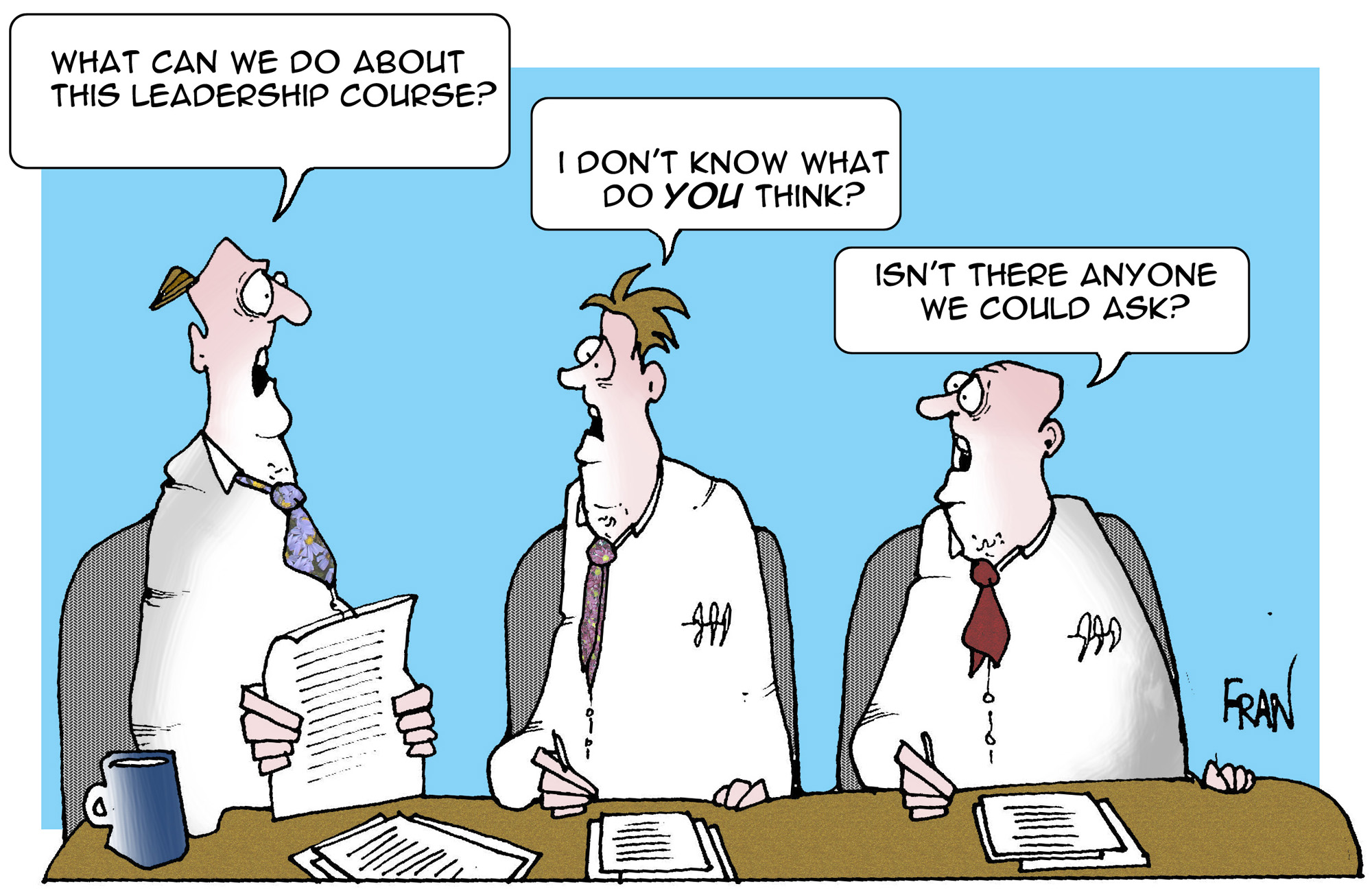www.mpalushaj.empowernetwork.com/blog/the-power-of-a-unified-vision-a-closer-look-at-a-badass-leadership-factory B.F. Skinner is the father of behavior modification and developed the concept of positive reinforcement Positive reinforcement occurs when a positive stimulus is presented in response to a behavior, increasing the likelihood of that behavior in the future. 26 The following is an example of how positive reinforcement can be used in a business setting. Assume praise is a positive reinforcer for a particular employee. This employee does not show up to work on time every day. The manager of this employee decides to praise the employee for showing up on time every day the employee actually shows up to work on time.  Situational theory also appeared as a reaction to the trait theory of leadership. Social scientists argued that history was more than the result of intervention of great men as Carlyle suggested. Herbert Spencer (1884) (and Karl Marx) said that the times produce the person and not the other way around. 28 This theory assumes that different situations call for different characteristics; according to this group of theories, no single optimal psychographic profile of a leader exists. According to the theory, "what an individual actually does when acting as a leader is in large part dependent upon characteristics of the situation in which he functions." 29 A variety of unified behaviors are expected to facilitate these functions. In initial work identifying leader behavior, Fleishman (1953) observed that subordinates perceived their supervisors' behavior in terms of two broad categories referred to as consideration and initiating structure Consideration includes behavior involved in fostering effective relationships. Examples of such behavior would include showing concern for a subordinate or acting in a supportive manner towards others. Initiating structure involves the actions of the leader focused specifically on task accomplishment. This could include role clarification, setting performance standards, and holding subordinates accountable to those standards. Integrated psychological theory edit The transactional leader ( Burns , 1978) 45 is given empower to perform certain tasks and reward or punish for the team's performance. It gives the opportunity to the manager to lead the group and the group agrees to follow his lead to accomplish a predetermined goal in exchange for something else. Power is given to the leader to evaluate, correct, and train subordinates when productivity is not up to the desired level, and reward effectiveness when expected outcome is reached. Idiosyncrasy Credits , first posited by Edward Hollander (1971) is one example of a concept closely related to transactional leadership. Leader–member exchange theory edit Beyond the leader's mood, her/his behavior is a source for employee positive and negative emotions at work. The leader creates situations and events that lead to emotional response. Certain leader behaviors displayed during interactions with their employees are the sources of these affective events. Leaders shape workplace affective events. Examples – feedback giving, allocating tasks, resource distribution. Since employee behavior and productivity are directly affected by their emotional states, it is imperative to consider employee emotional responses to organizational leaders. 54 Emotional intelligence, the ability to understand and manage moods and emotions in the self and others, contributes to effective leadership within organizations. 53 Neo-emergent theory edit more info
Related Articles -
leadership, vision, power, inspire, empower, unified, founder, uplift,
|






















